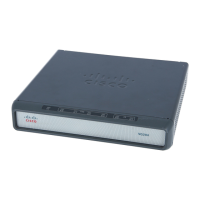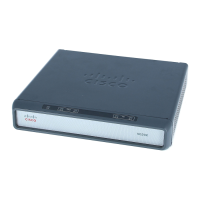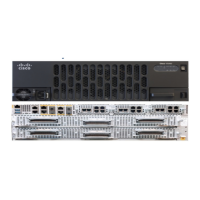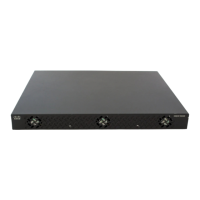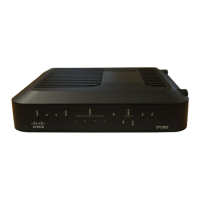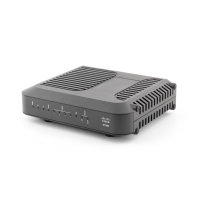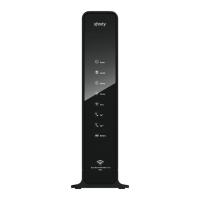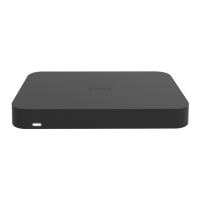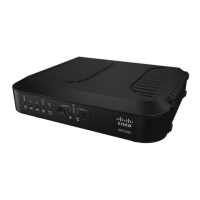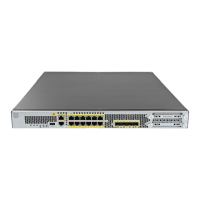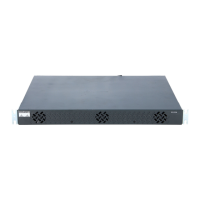Overview of ISG
Information About ISG
4
Subscriber Access
Under ISG, the provisioning and handling of specific access media and protocols is decoupled as far as
possible from the functionality that is applicable to all session types. This model has the following
benefits:
• A common set of subscriber services may be used on an ISG at which heterogeneous subscriber
networks are aggregated.
• A common set of subscriber services may be used for multiple ISGs, even when the access
technology differs.
• For a given subscriber, the access method may be altered (through provisioning or roaming) without
any need to change the service provisioning.
• As new access protocols become available, they can be leveraged by existing edge deployments
without requiring changes to the service content; new access protocols plug into the ISG framework.
Subscriber Identification
A subscriber session is created when the first control protocol packet is received from the subscriber
device. The control protocol will vary depending on the session type. If there is no control protocol, the
session is signaled by the first data packet from the subscriber.
At session start, certain identity information is available, although typically not enough to completely
identify the subscriber. Through the use of control policies, the identity information available at session
start can be used to drive the extraction of further identity from the subscriber and determine new policy
for the session. The following example illustrates how ISG might handle subscriber identity:
• For an IP session, where session start is signaled by a DHCP protocol event, a TCP redirection policy
could be activated. This policy would facilitate the collection of a username and credential at an
external web portal.
Subscriber Services
An ISG service is a collection of policies applicable to a subscriber session. When a service is activated
on a session, all policies contained within that service are activated on the session. Likewise, when a
service is deactivated, all policies that are contained within the service are deactivated or removed from
the session.
Services are useful for handling fixed policy combinations that are applicable to a number of subscribers.
This application reduces duplication of persistent data and allows a group of policies to be activated with
a single action and a single reference.
A service may be defined on the edge device directly, through the command-line interface (CLI), or in
an external repository and downloaded as required. A downloaded service definition is cached on the
device for as long as it is active on one or more sessions.
A service may be activated in one of the following ways:
• As a result of control policy execution
• By receipt of a CoA service-logon command
• By reference in a user profile, where the service is flagged for automatic activation

